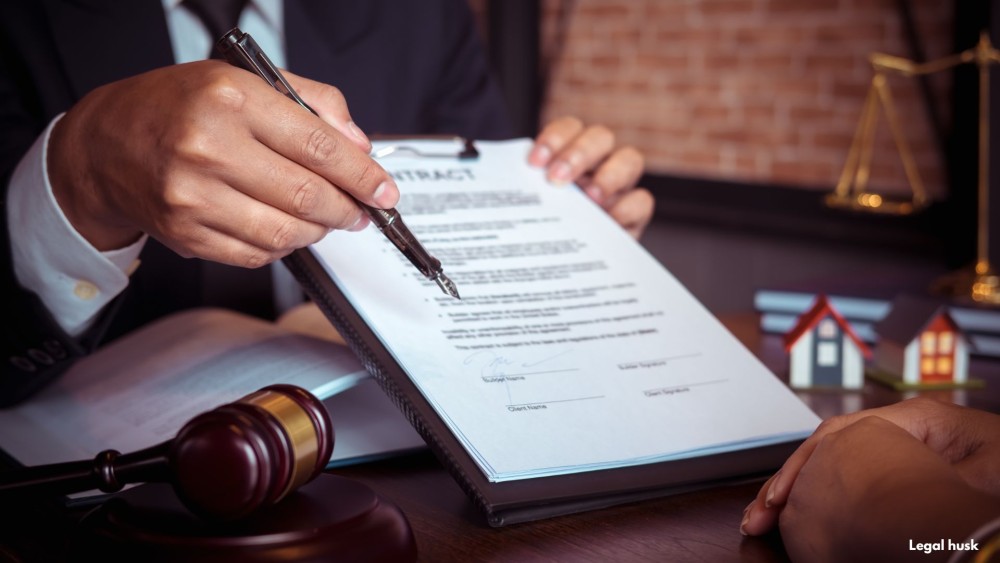
Served with a lawsuit? Don’t just sit there—strike back with a solid answer. Use this step-by-step guide and sample template to respond like a pro.
In civil litigation, your answer is your defense’s first line of attack. It’s your chance to directly respond to each of the plaintiff’s allegations and assert any legal defenses or counterclaims you may have. Filing a well-structured answer not only protects your rights—it can shape the entire trajectory of the case.
This guide will walk you through the purpose, structure, and best practices of a civil litigation answer—and includes a sample template you can adapt for your case.
An Answer is a formal document a defendant files in court in response to the plaintiff’s complaint. In it, you:
Admit, deny, or claim insufficient knowledge of each allegation
Assert legal defenses (affirmative defenses)
Optionally file counterclaims if the plaintiff has harmed you in return
💡 Important: Failing to file an answer on time could result in a default judgment—where the court decides in favor of the plaintiff without hearing your side.
This section identifies the case title, parties involved, court name, and docket number.
Briefly state that you’re responding to the complaint and set the tone for your defense.
Address each paragraph of the complaint in order:
Admit if a statement is true
Deny if it’s false
Use “lack of knowledge” if you’re unsure
These are legal arguments that may defeat the plaintiff’s claims—even if some allegations are true. Common examples:
Statute of limitations
Lack of jurisdiction
Failure to state a valid legal claim
If the plaintiff wronged you, assert your own legal claims here (e.g., breach of contract, fraud).
Request specific outcomes—like dismissal of the lawsuit, damages, or other remedies.
Include your (or your attorney’s) signature, contact details, and the date.
IN THE [COURT NAME] COURT OF [JURISDICTION]
PLAINTIFF: Jane Doe
DEFENDANT: John Smith
CASE NO.: 12345678
Defendant John Smith responds to the Complaint filed by Plaintiff Jane Doe and denies all allegations except as specifically admitted below.
Defendant admits the allegations in Paragraph 1.
Defendant denies the allegations in Paragraph 2.
Defendant lacks knowledge sufficient to admit or deny Paragraph 3 and therefore denies the same.
First Defense – Statute of Limitations:
Plaintiff’s claims are time-barred under the applicable statute of limitations.
Second Defense – Failure to State a Claim:
The Complaint fails to state a legal claim upon which relief can be granted.
Third Defense – Lack of Jurisdiction:
This court lacks jurisdiction over the subject matter or the defendant.
Counterclaim 1 – Breach of Contract:
Plaintiff failed to fulfill contractual obligations dated March 1, 2023, causing Defendant damages of $15,000.
Counterclaim 2 – Fraud:
Plaintiff knowingly misrepresented material facts in negotiations, resulting in financial loss.
Defendant respectfully requests the Court to:
Dismiss Plaintiff’s Complaint with prejudice
Award Defendant $15,000 in damages, plus interest and attorney’s fees
Grant any additional relief deemed just and proper
[Attorney Name]
[Law Firm Name]
[Address]
[Phone Number]
[Email Address]
Dated: [Insert Date]
✔ Be Timely: File your answer within the required period (usually 20–30 days).
✔ Be Precise: Respond to every paragraph with clarity.
✔ Use Defenses Strategically: Only include defenses with a valid legal basis.
✔ Keep It Organized: Follow the same order as the plaintiff’s complaint.
✔ Consider Legal Help: An attorney can help avoid missteps that could weaken your case.
Your answer sets the tone for your legal defense. It's not just a formality—it's your opportunity to deny, defend, and even counterattack. By responding accurately and strategically, you protect your interests and show the court you’re ready to fight back.
💼 Need Help Drafting a Custom Answer?
Let Legal Husk prepare a compelling response tailored to your case and jurisdiction.
📌 Facing a civil lawsuit?
We’ll help you respond clearly, quickly, and confidently.
📞 Reach out today or visit us online.
👉 Visit:
🔗 legalhusk.com
🔗 legalhusk.com/services
🔗 legalhusk.com/services/civil-litigation
🔗 legalhusk.com/about-us
💬 Start strong—start with Legal Husk.
🧠 Pro Tip: Don’t just deny—defend smartly. Every paragraph of your answer is a chance to shift momentum in your favor.
📩 Ready to craft a bulletproof response?
Legal Husk is here to help—step by step.
Whether you are dealing with a complex family matter, facing criminal charges, or navigating the intricacies of business law, our mission is to provide you with comprehensive, compassionate, and expert legal guidance.